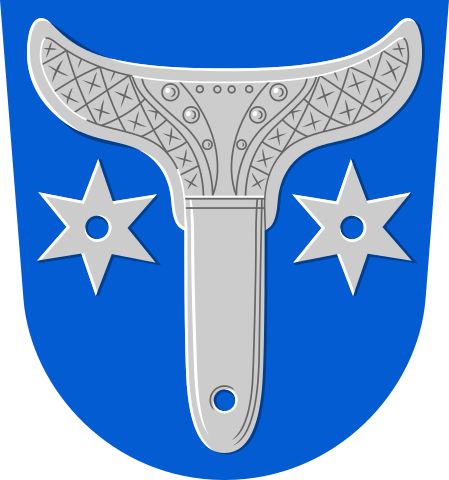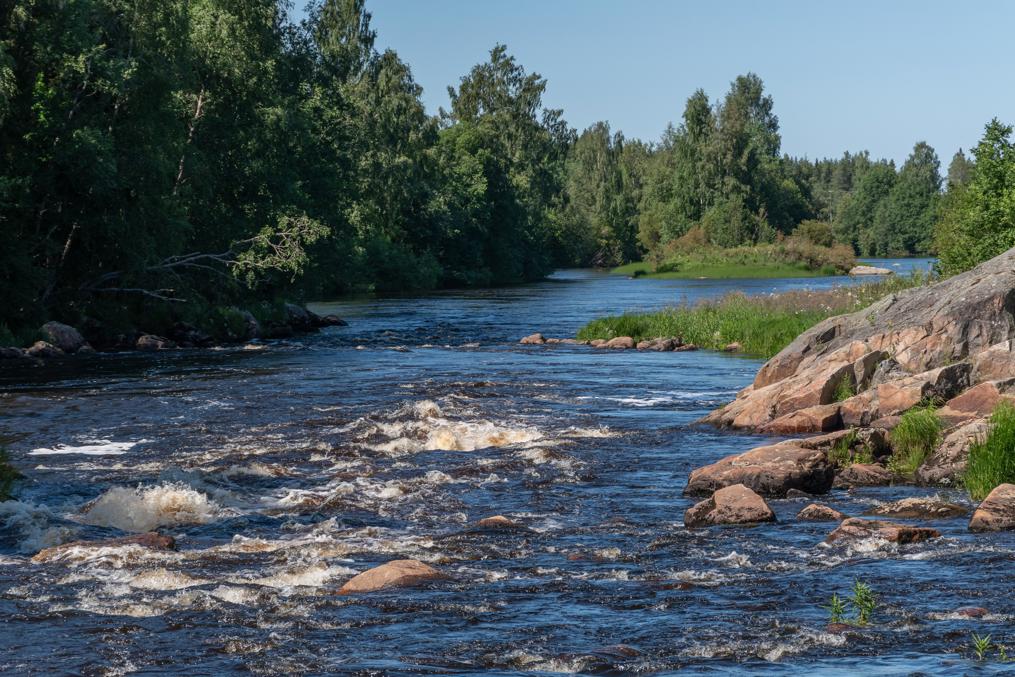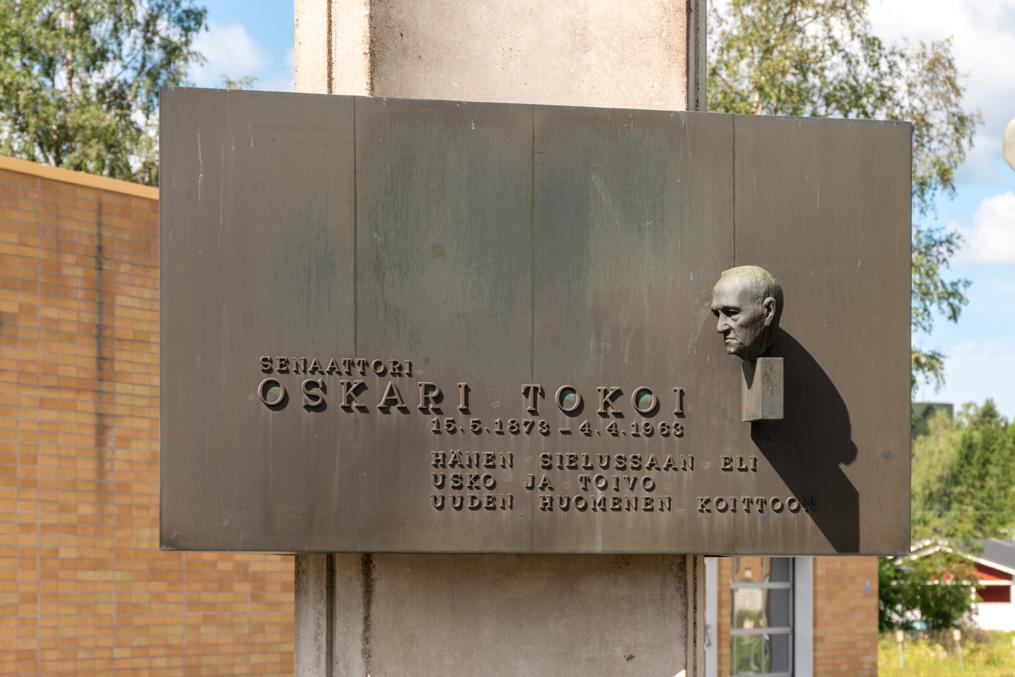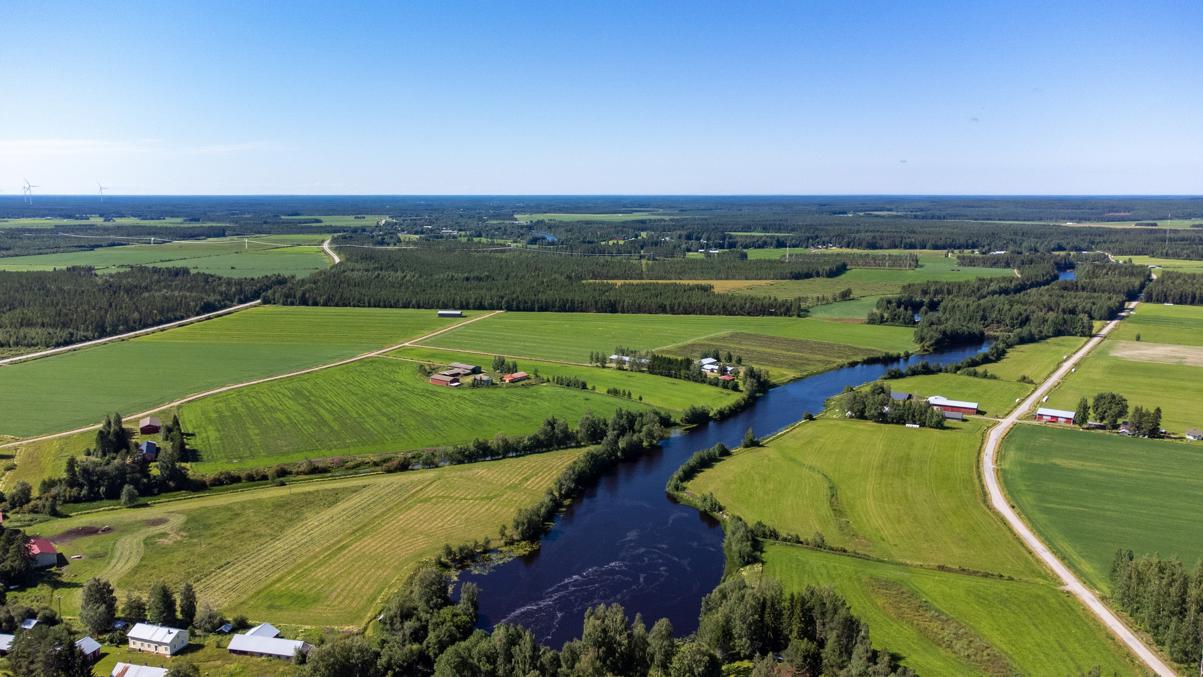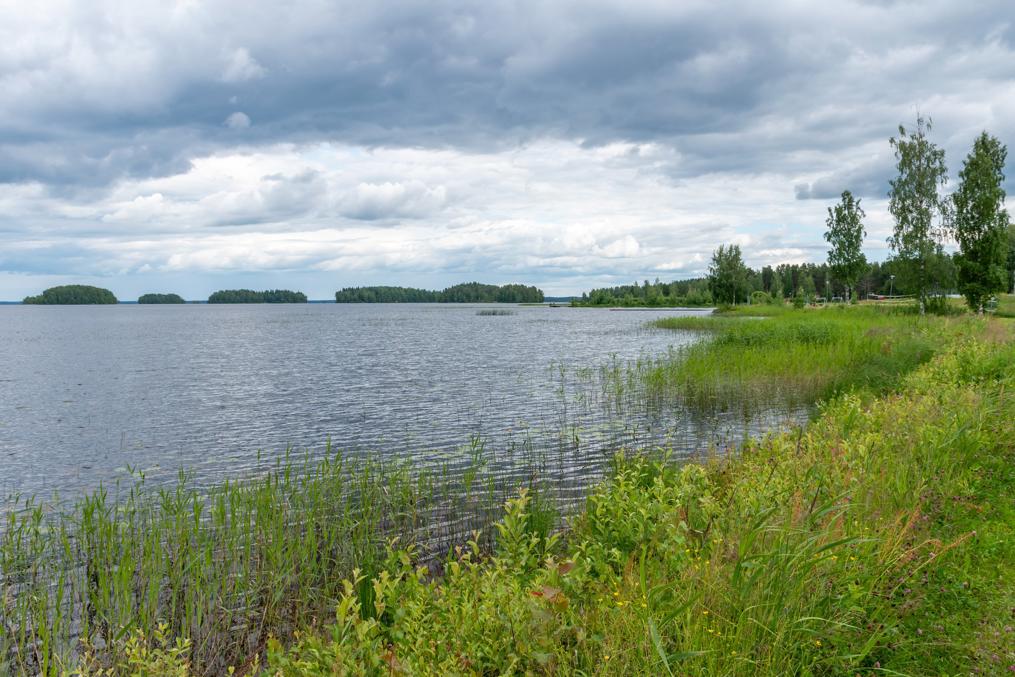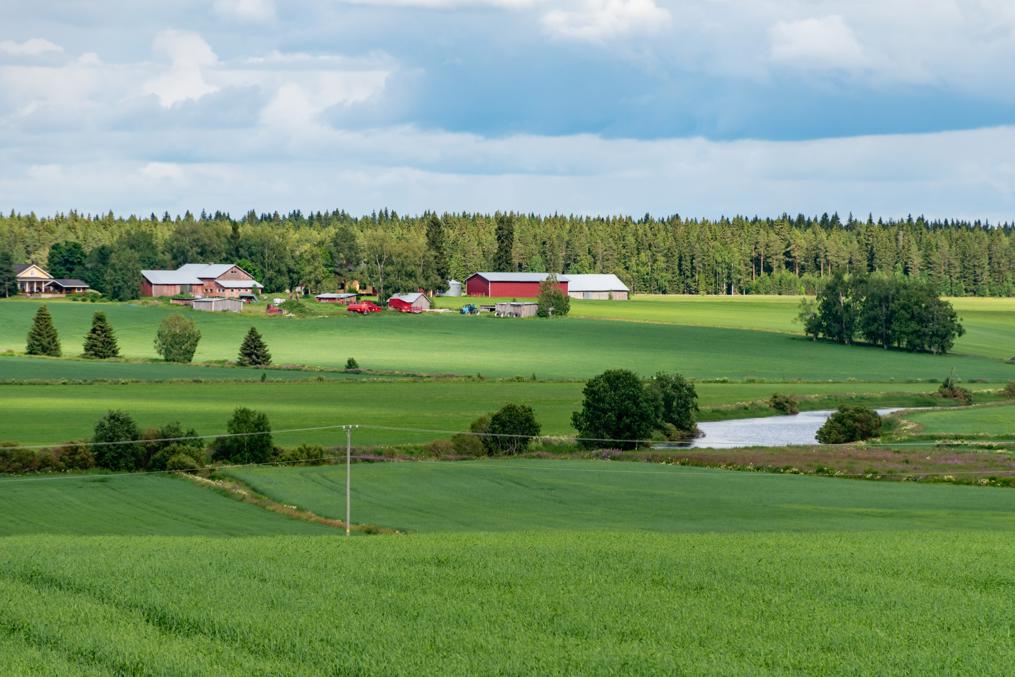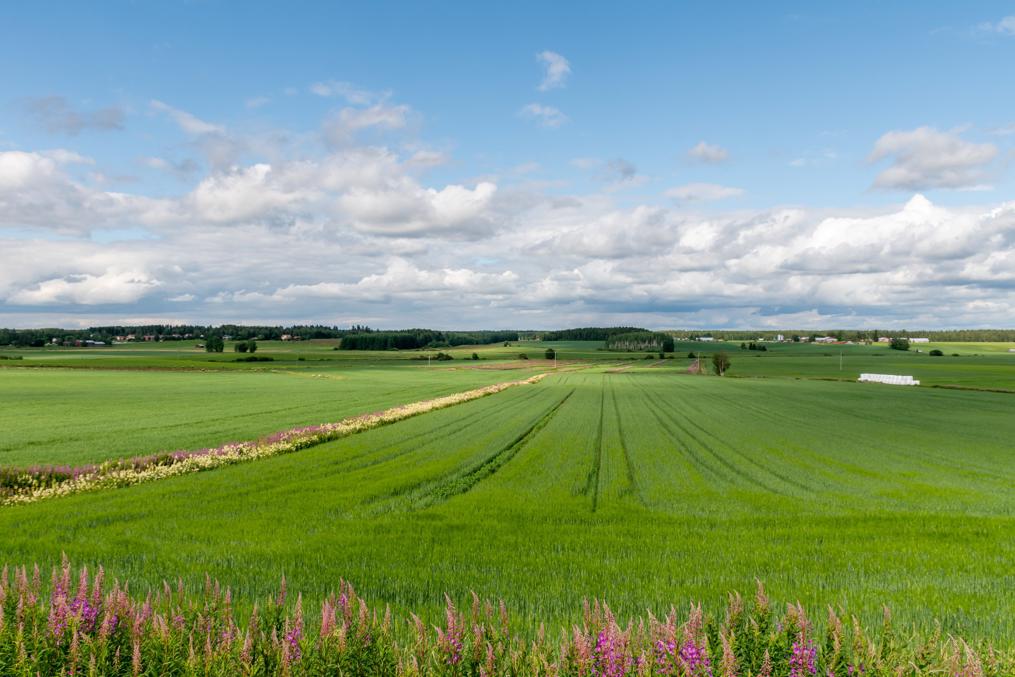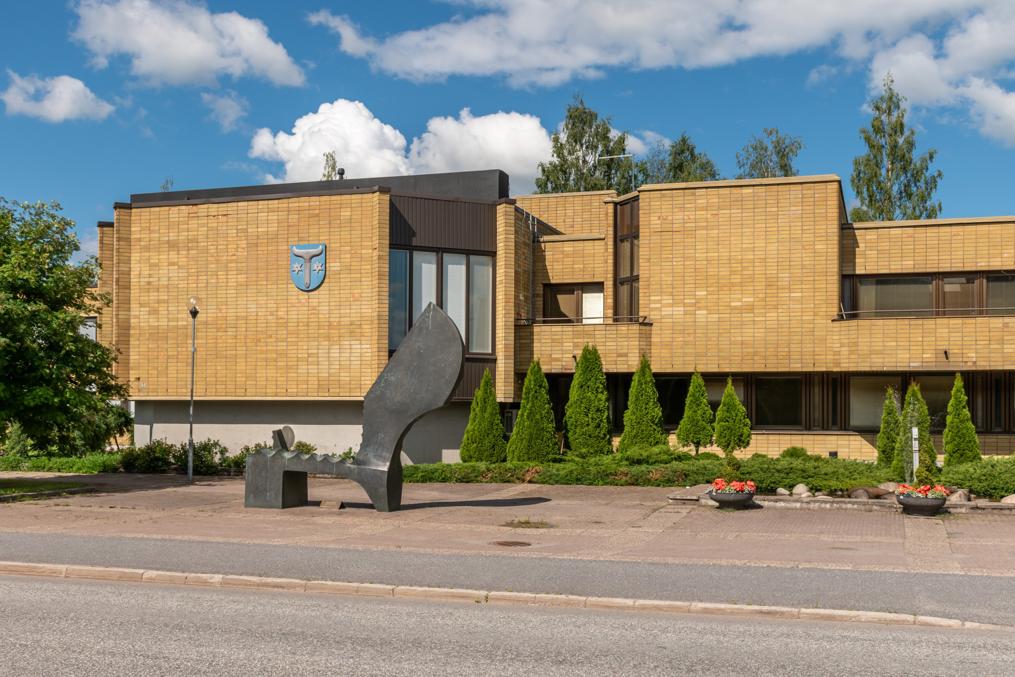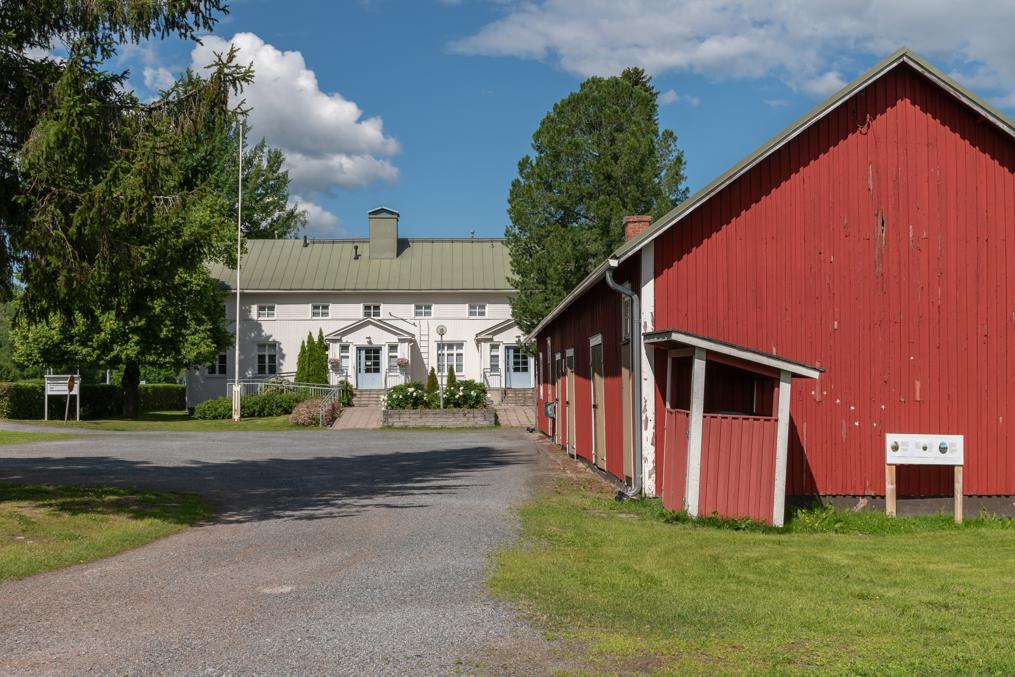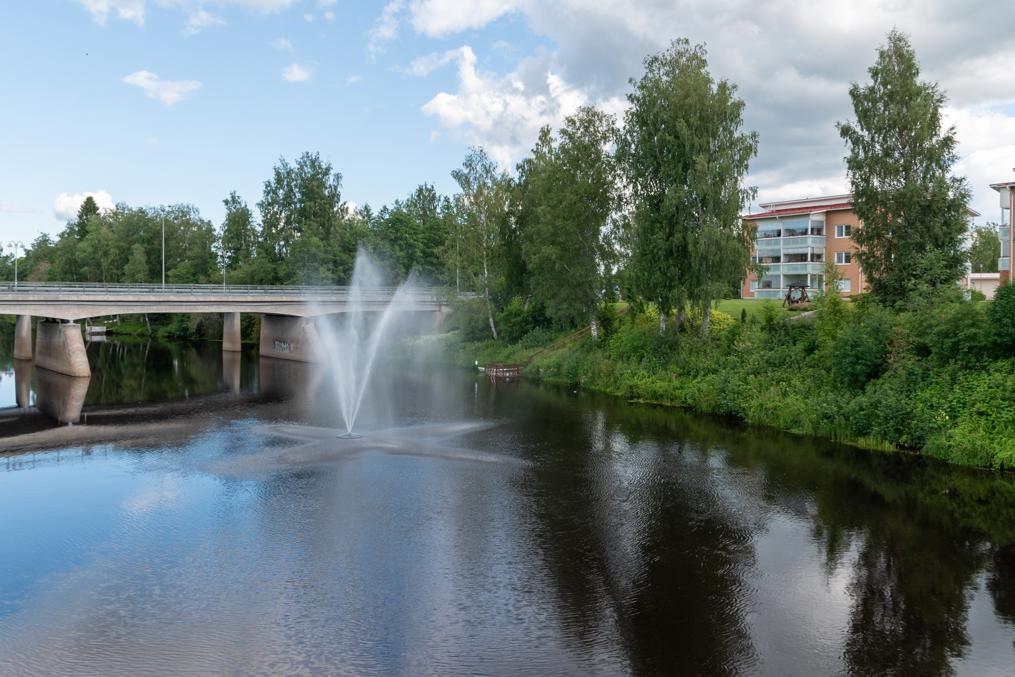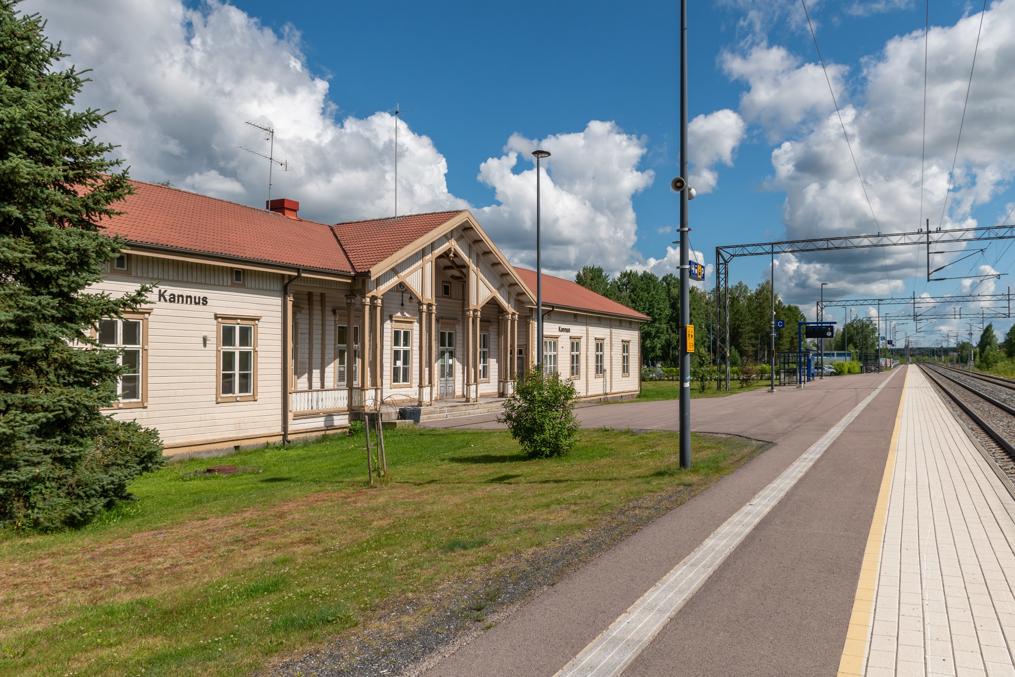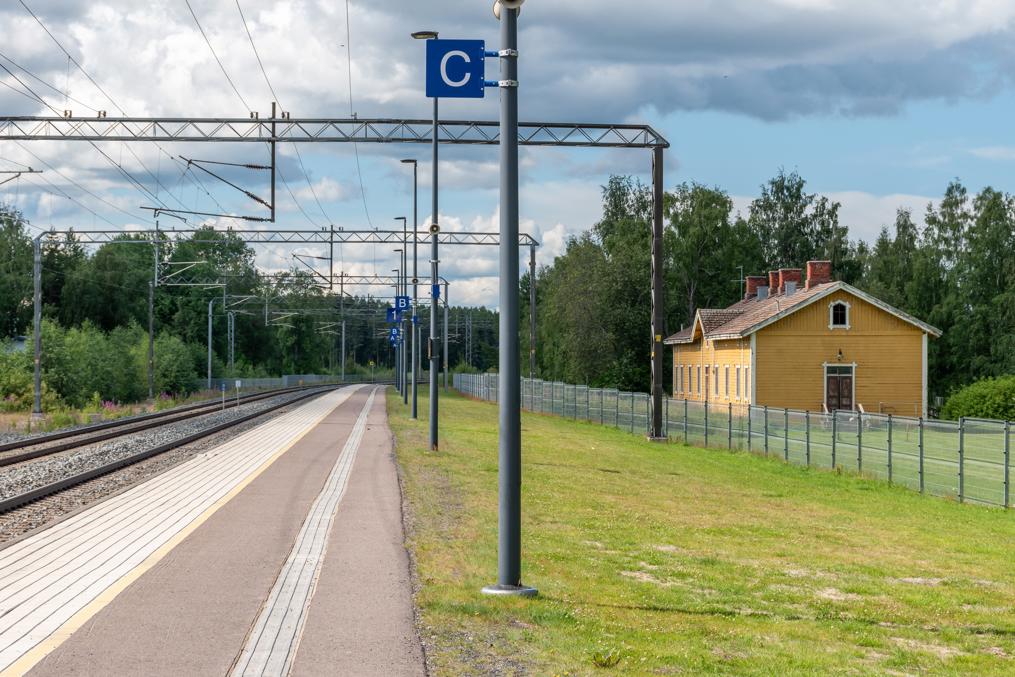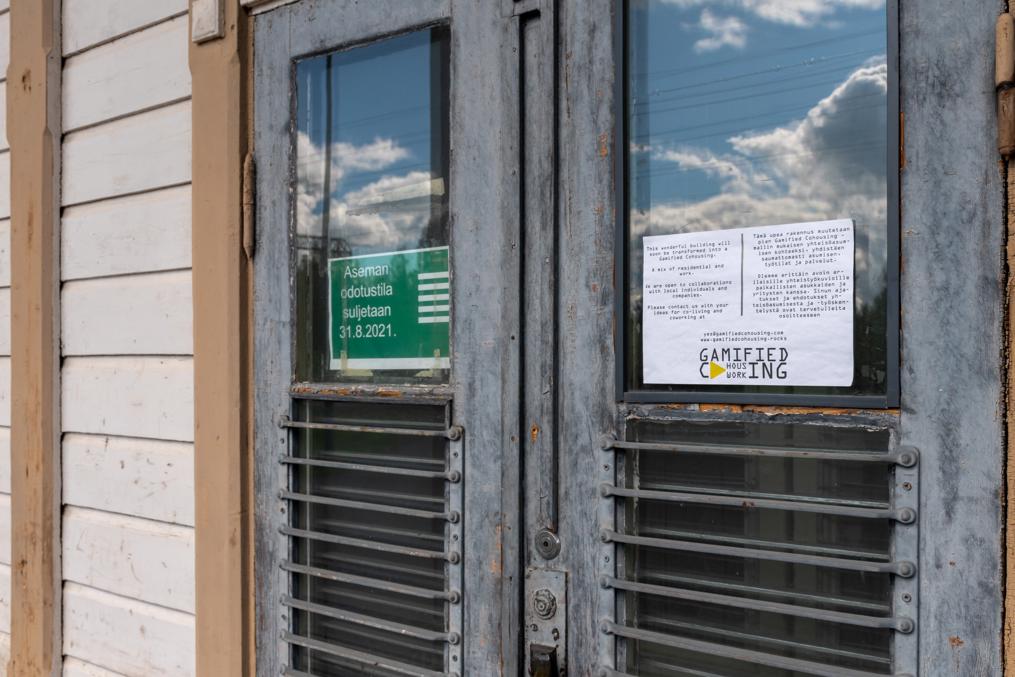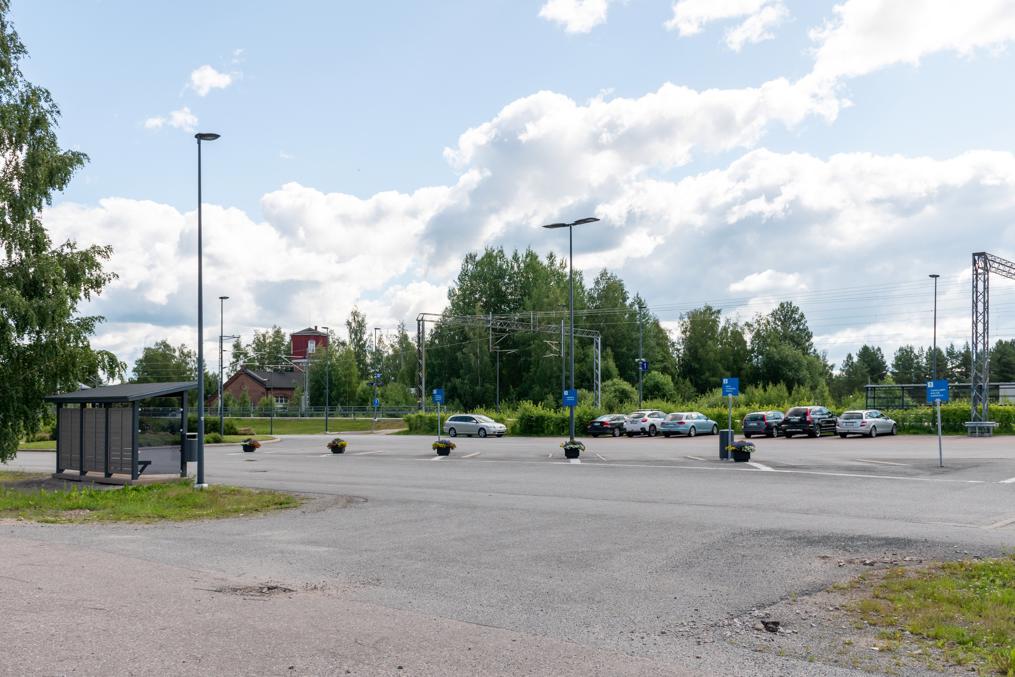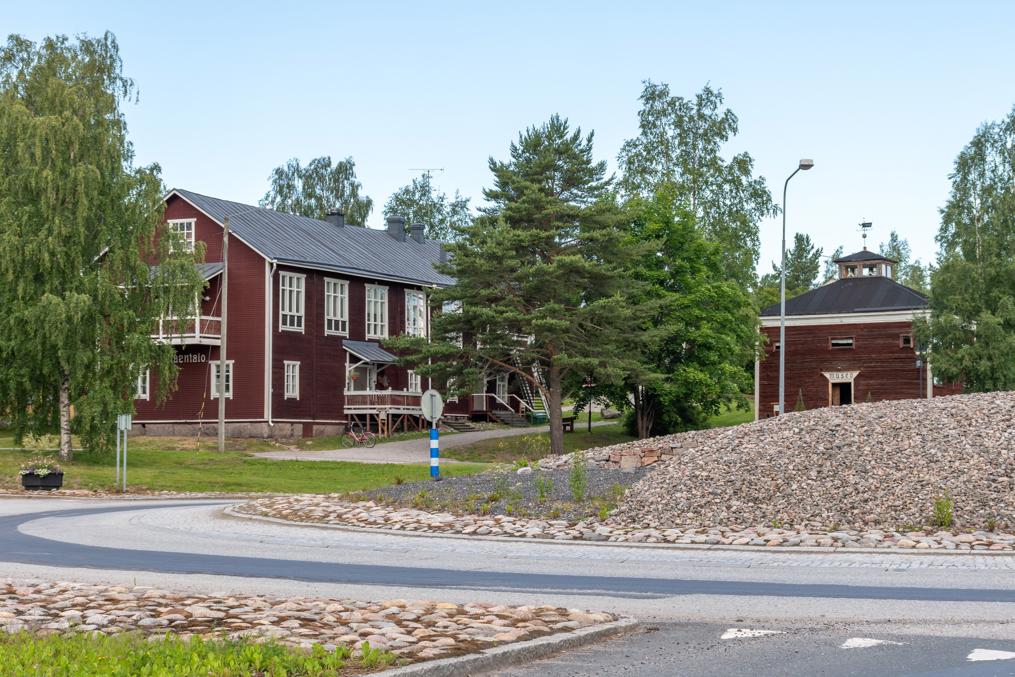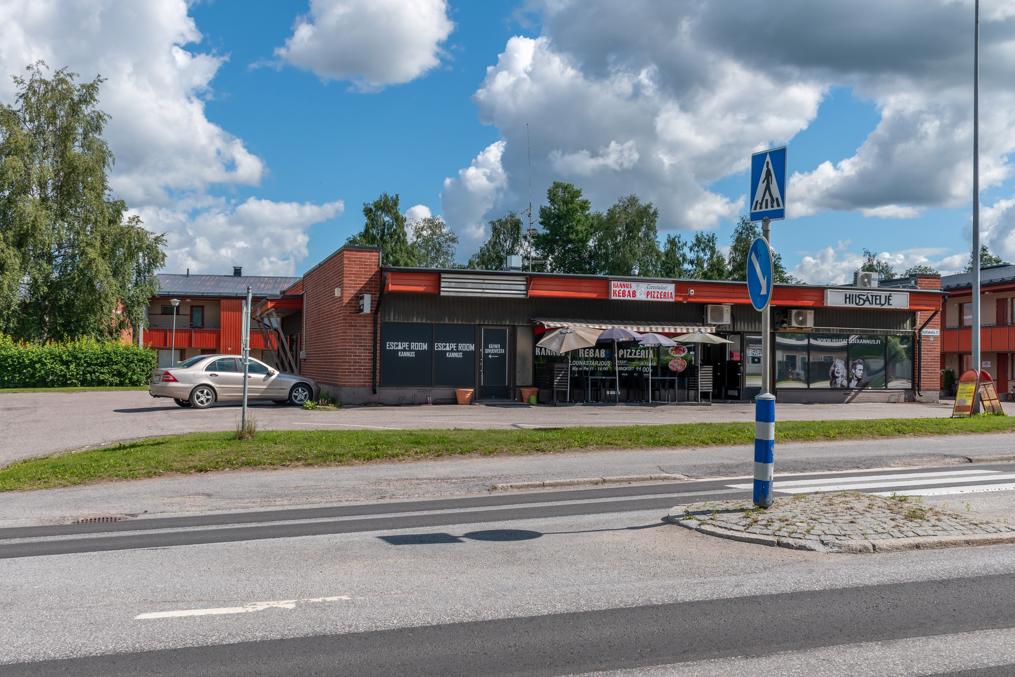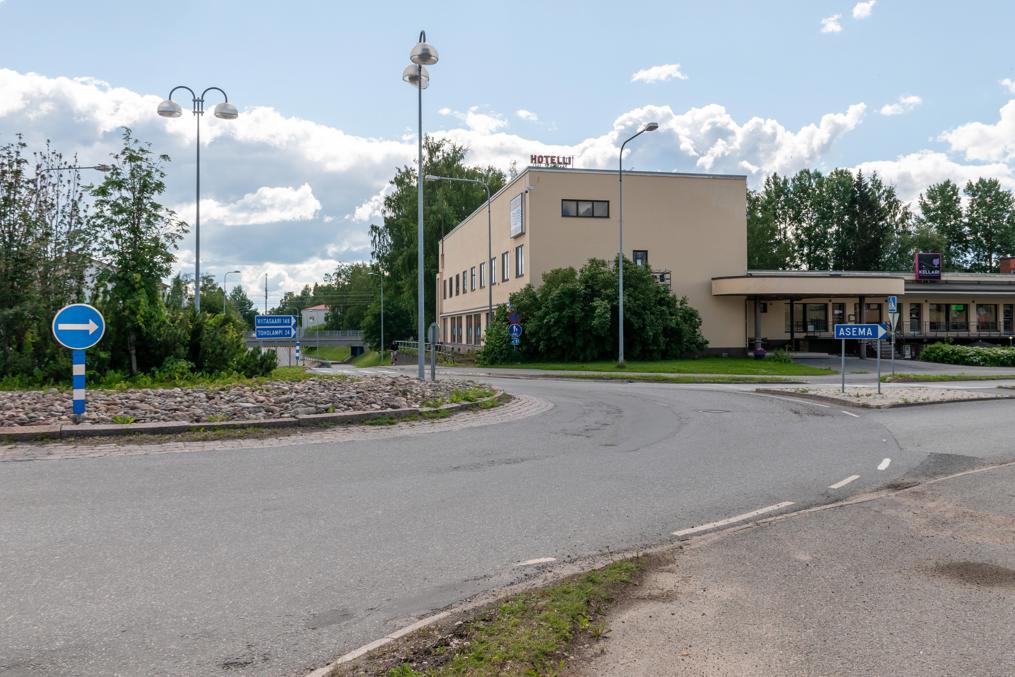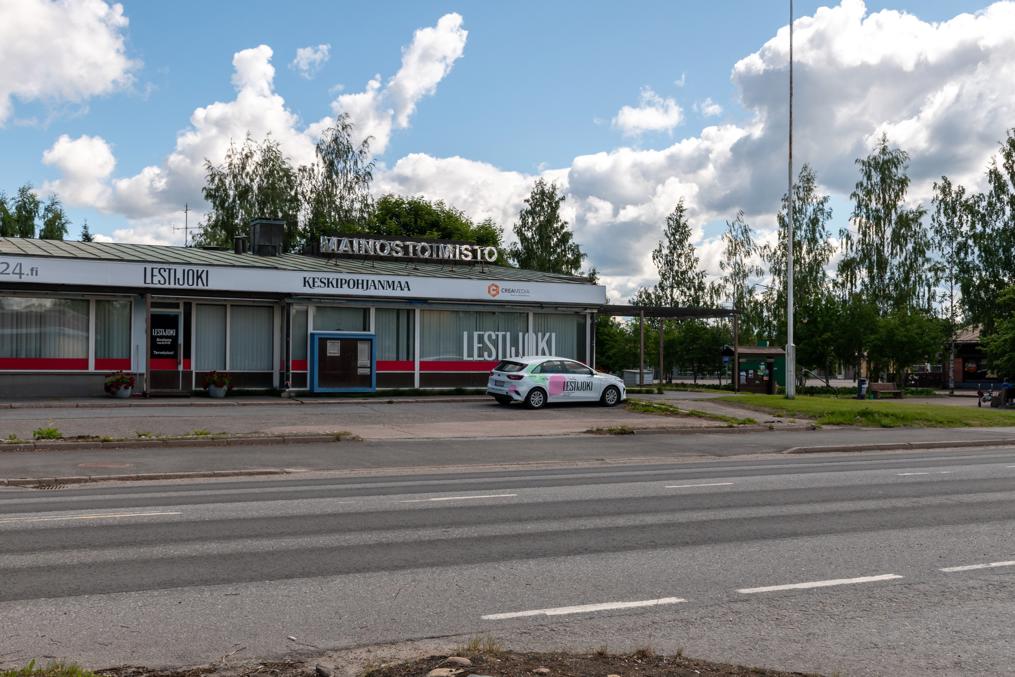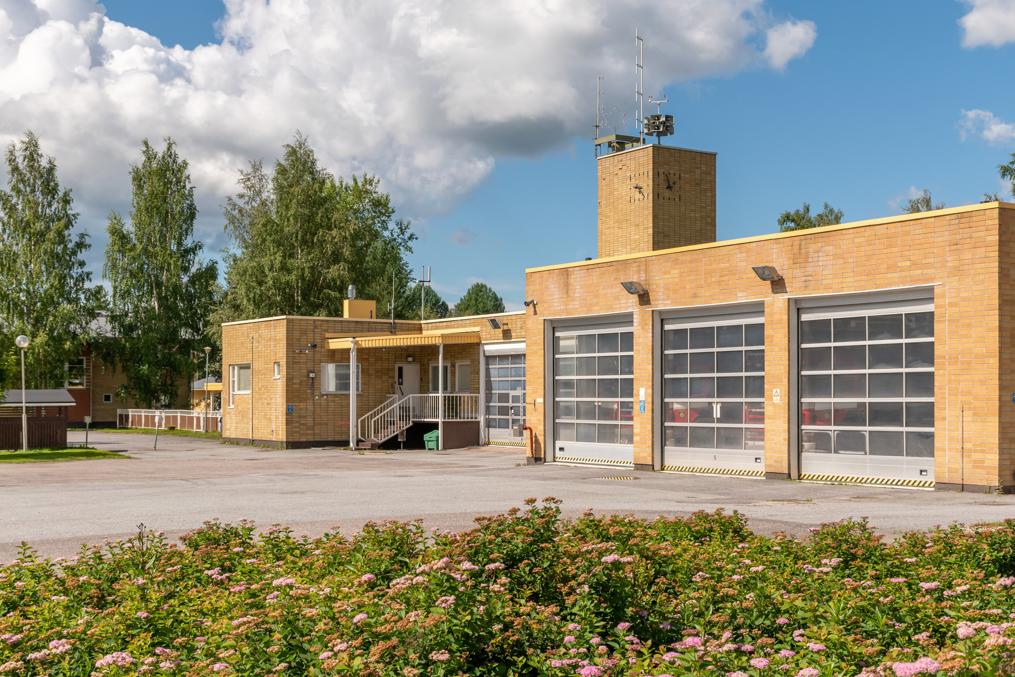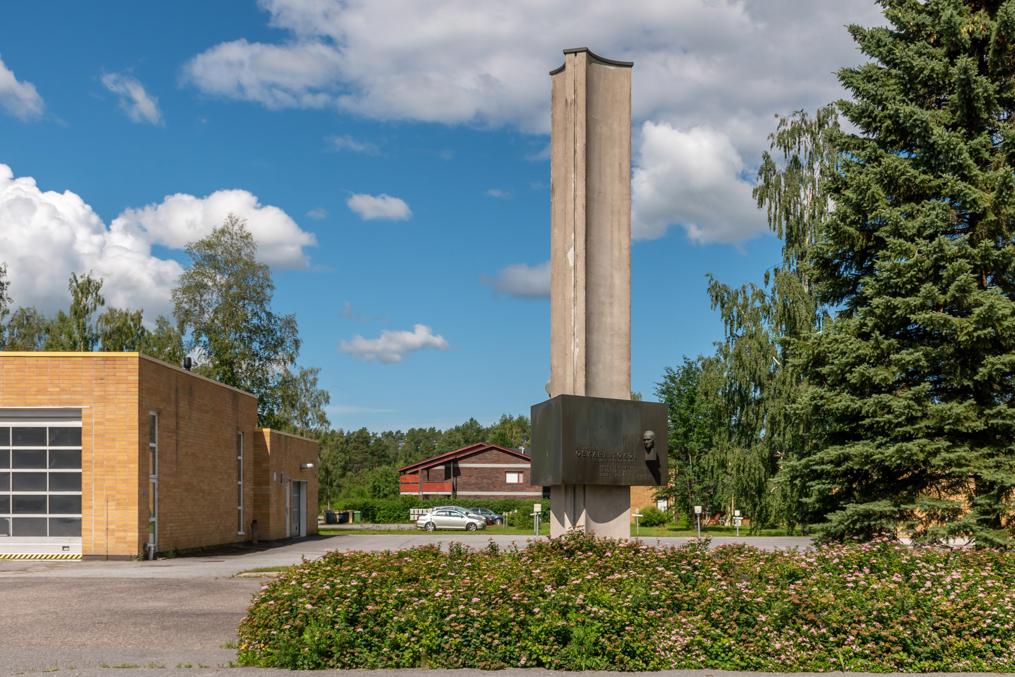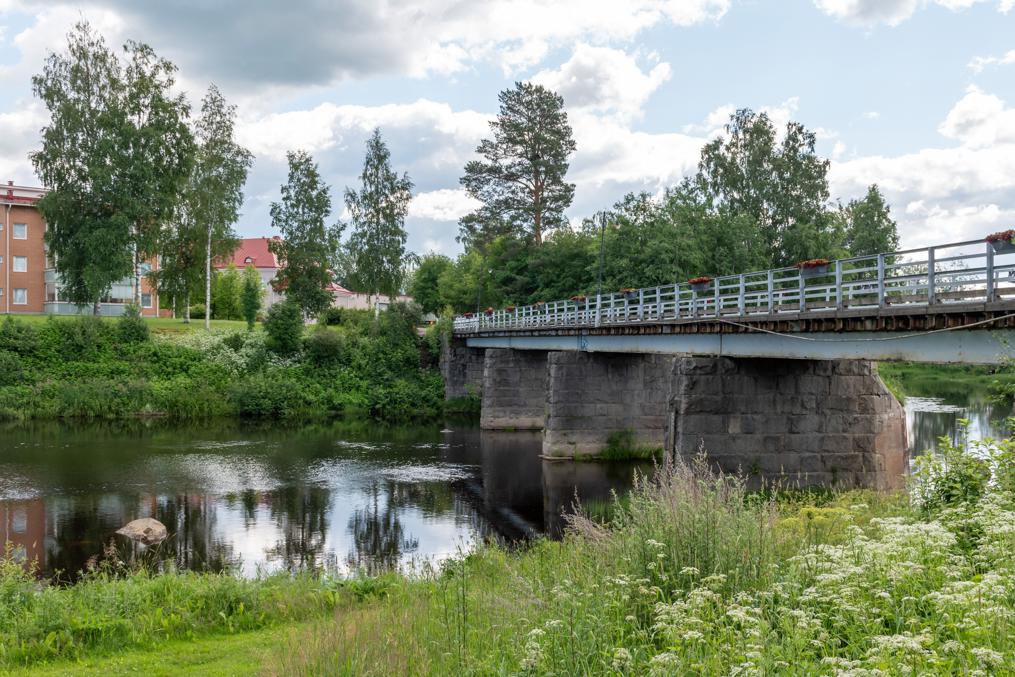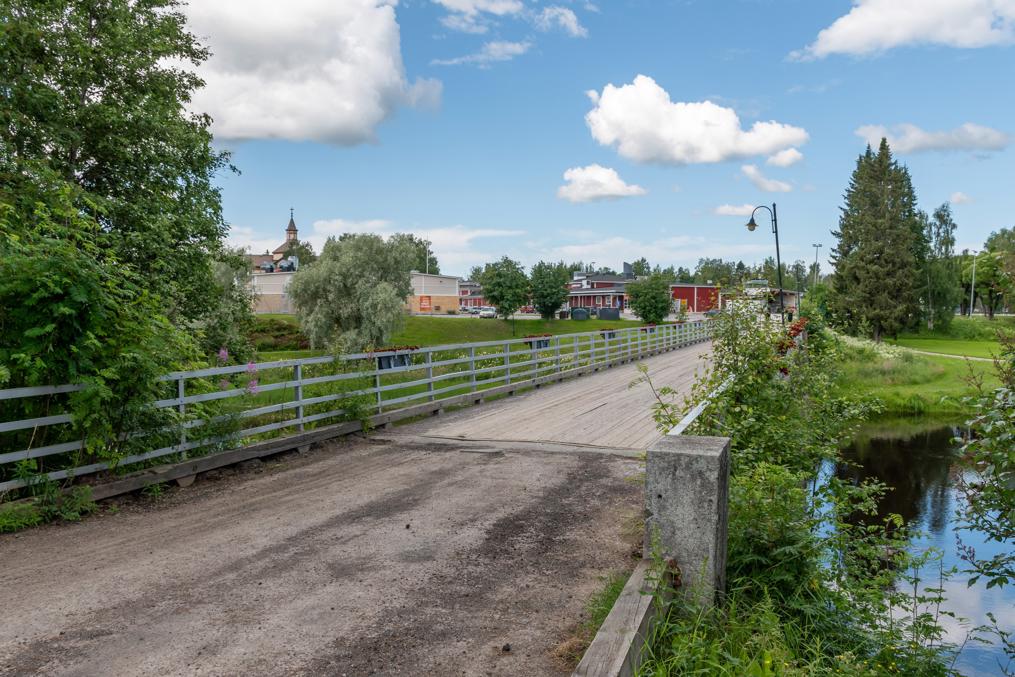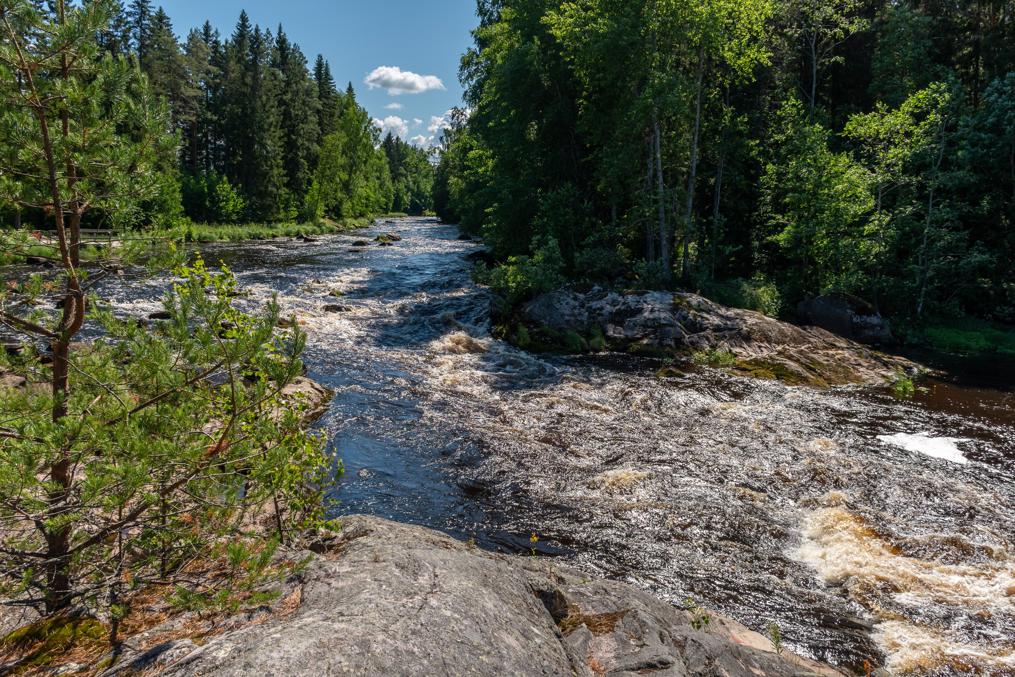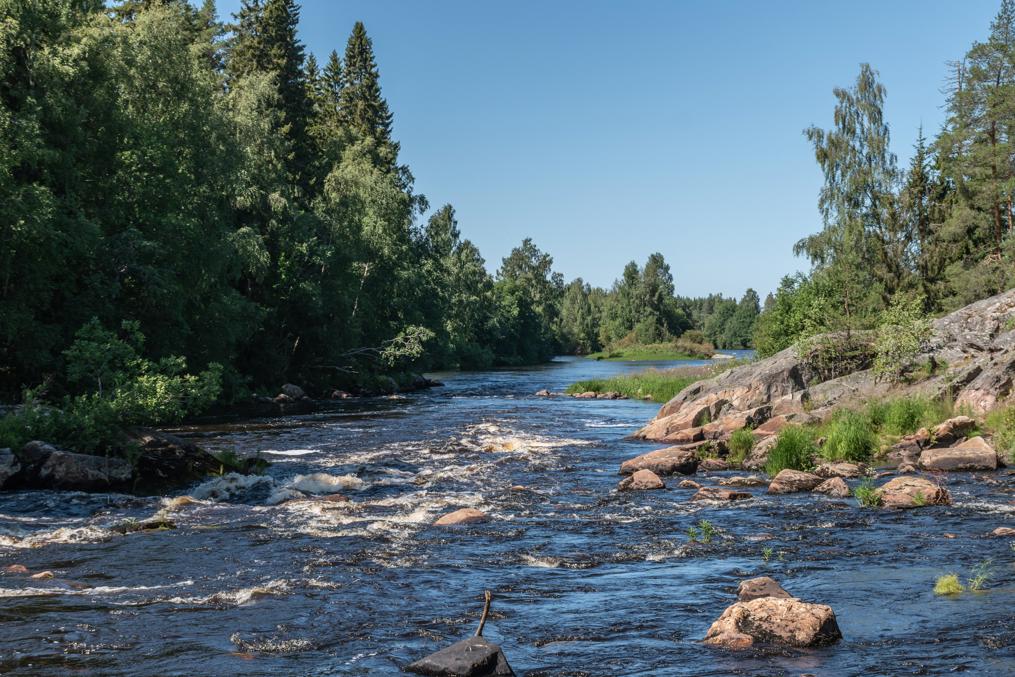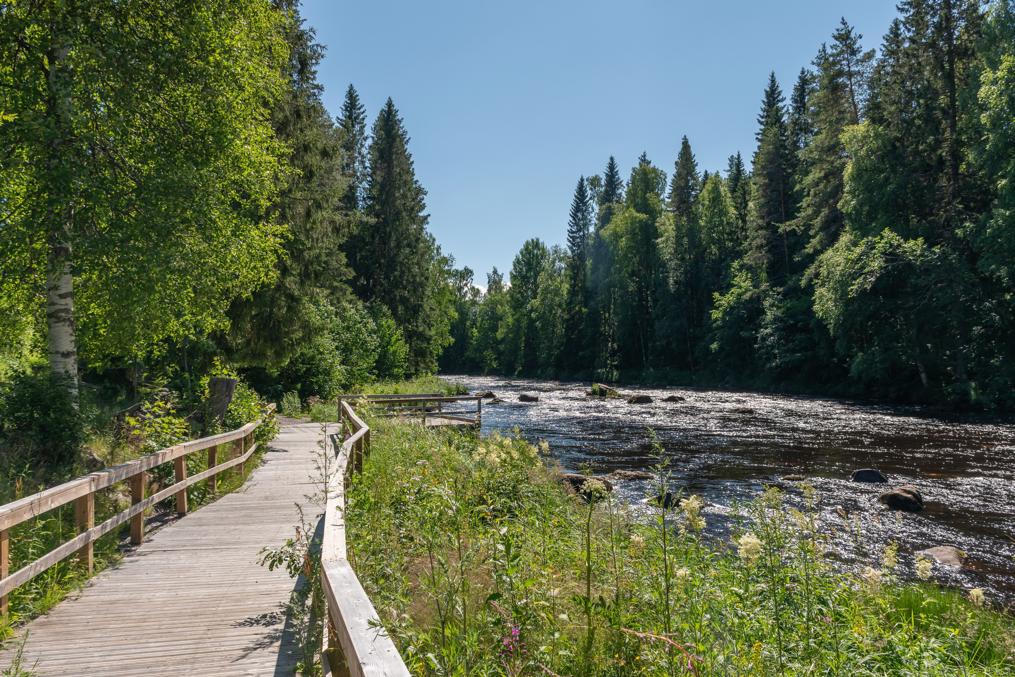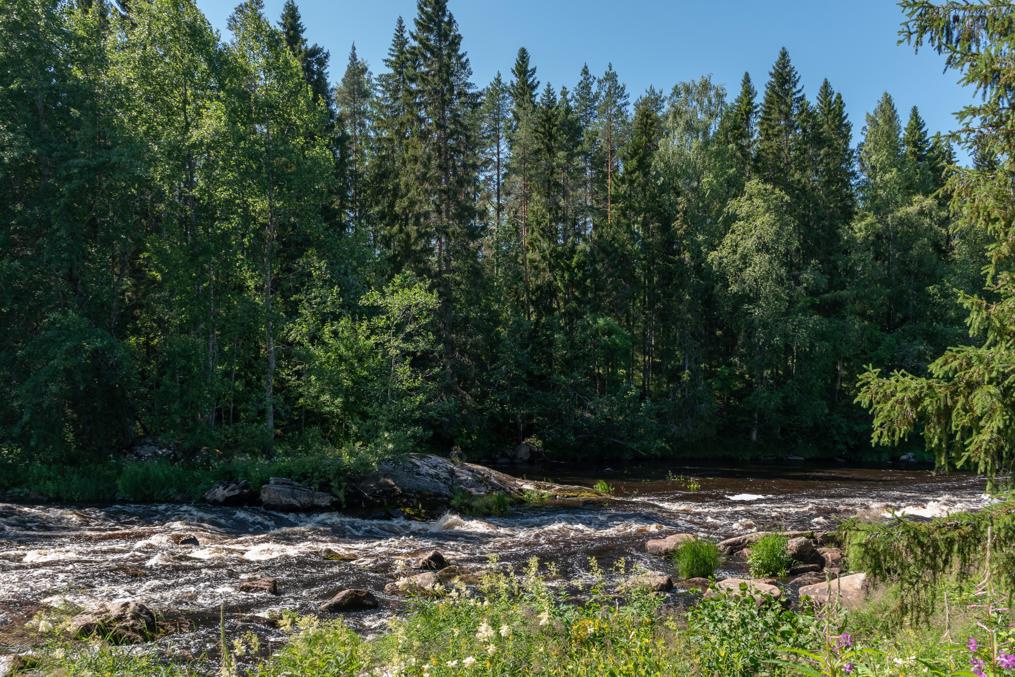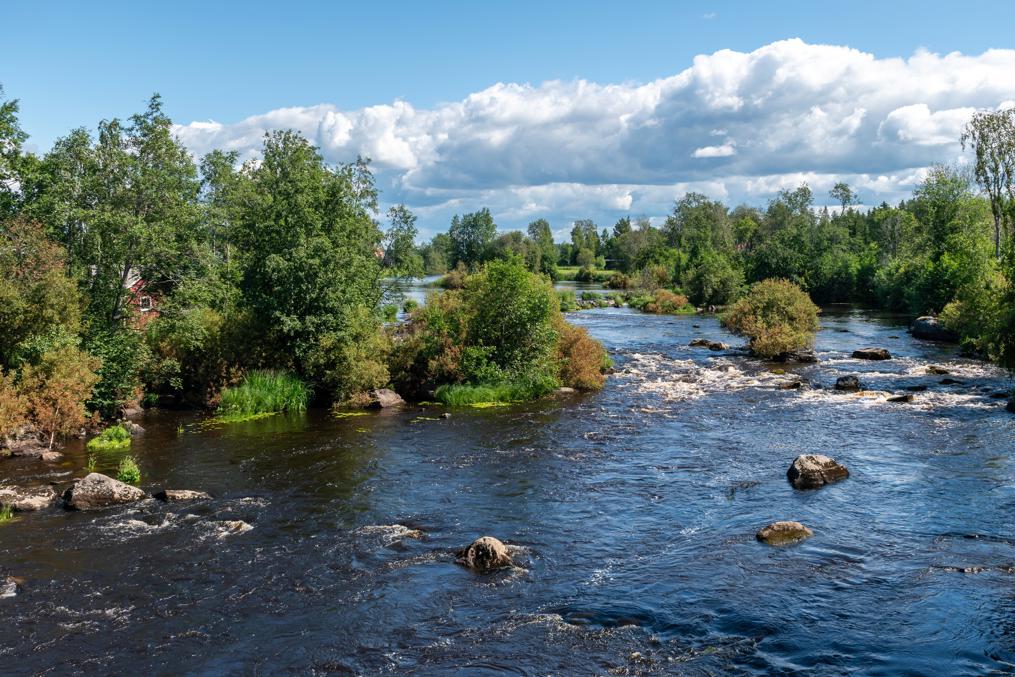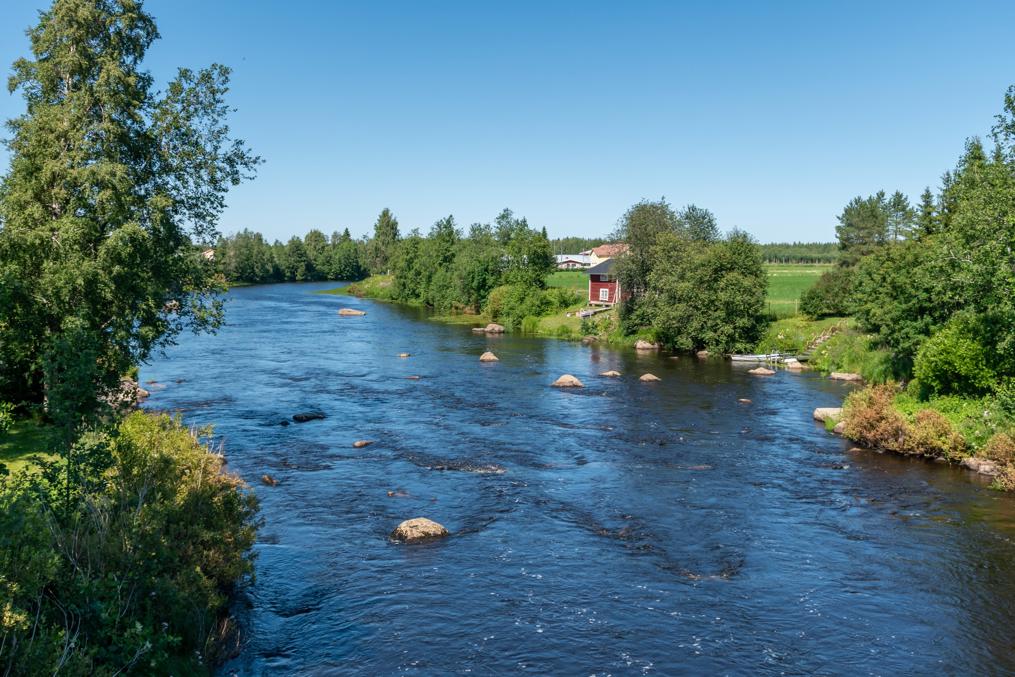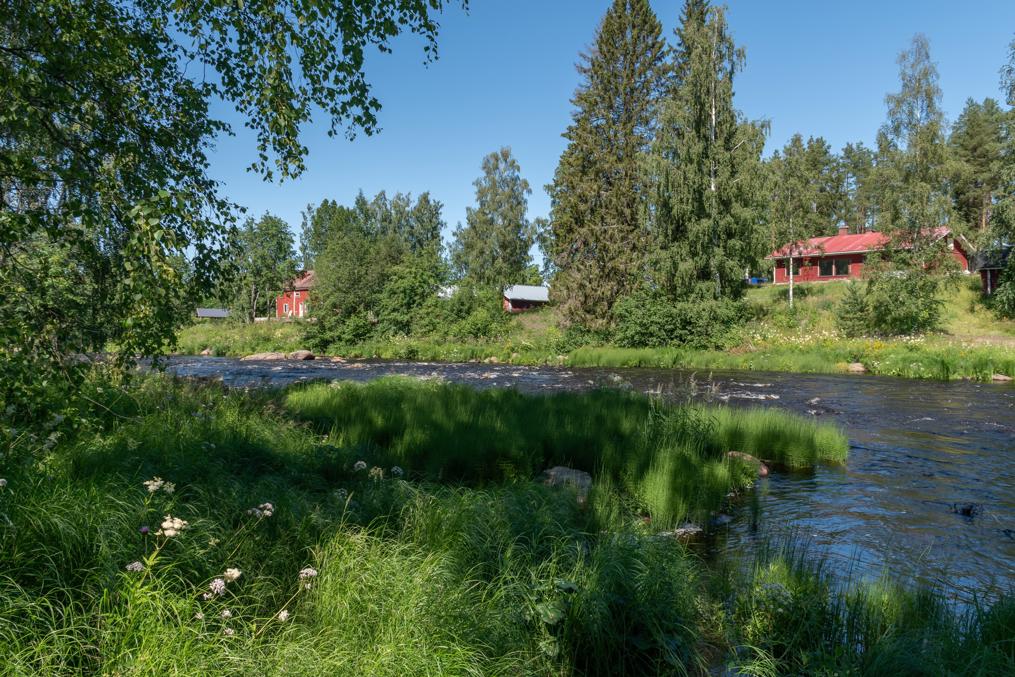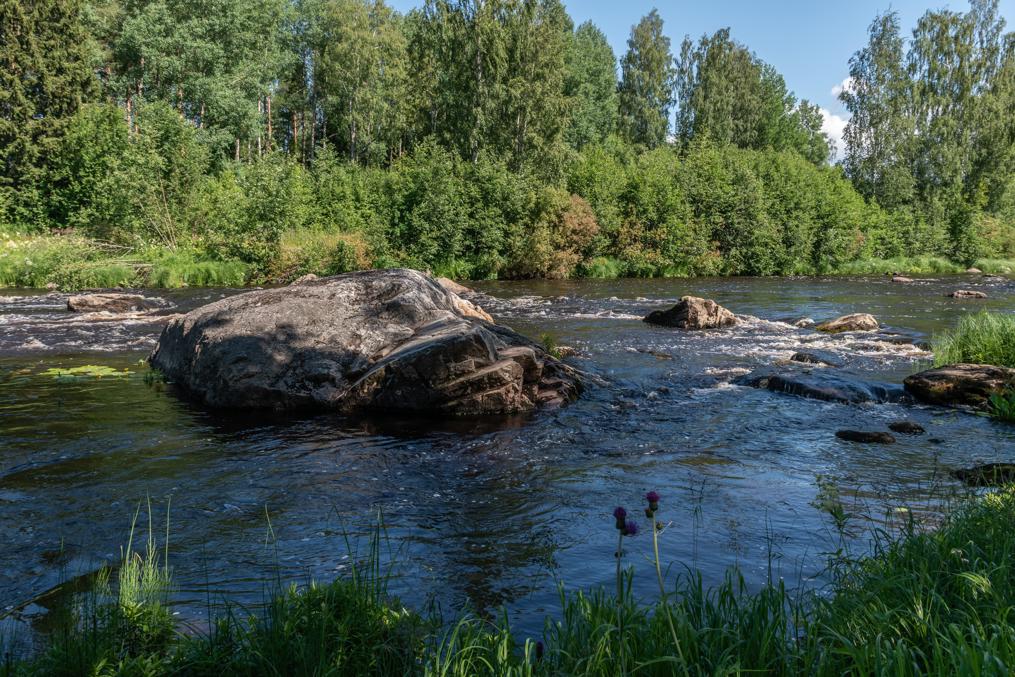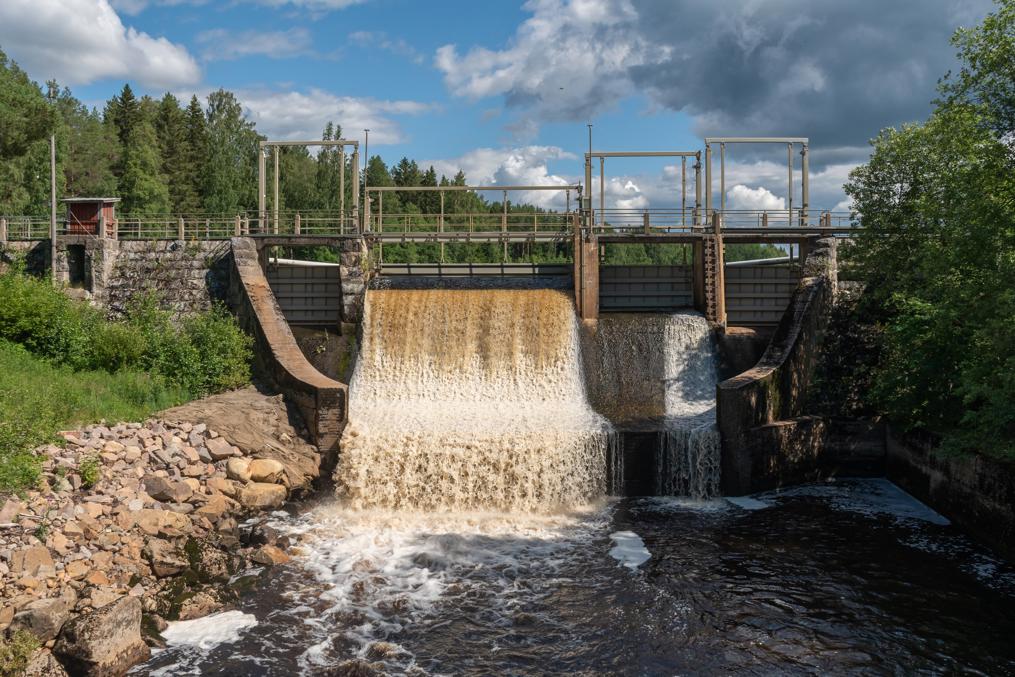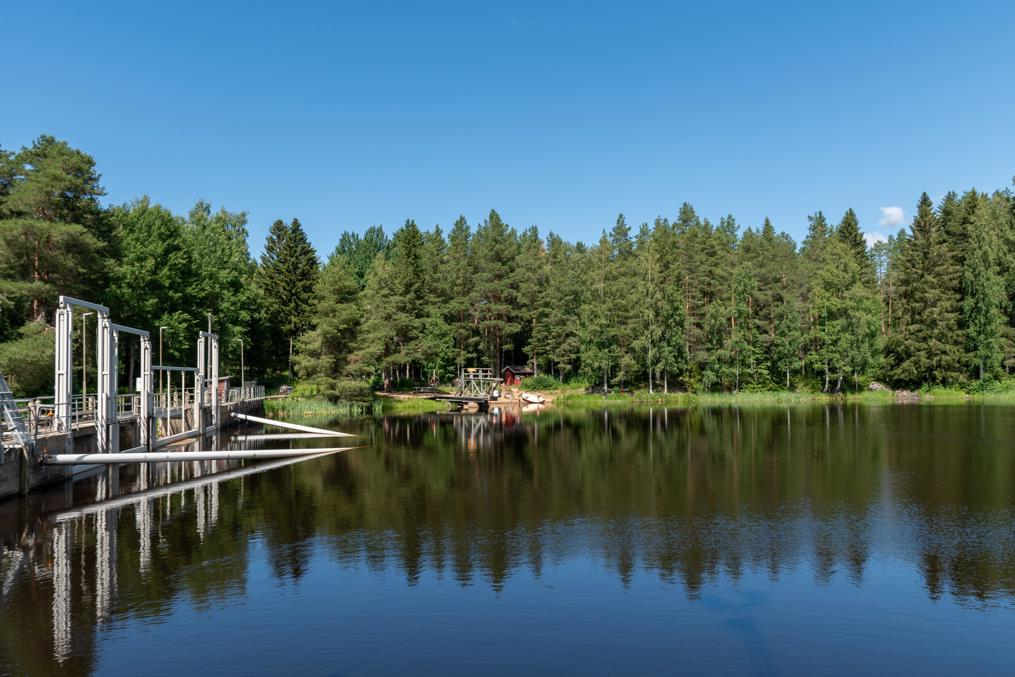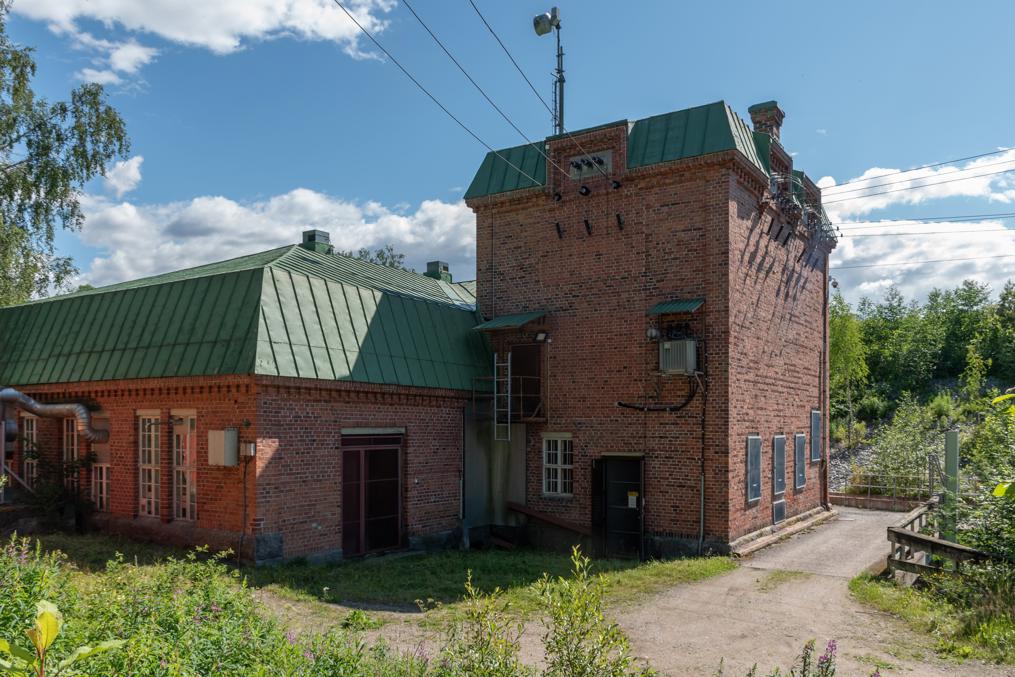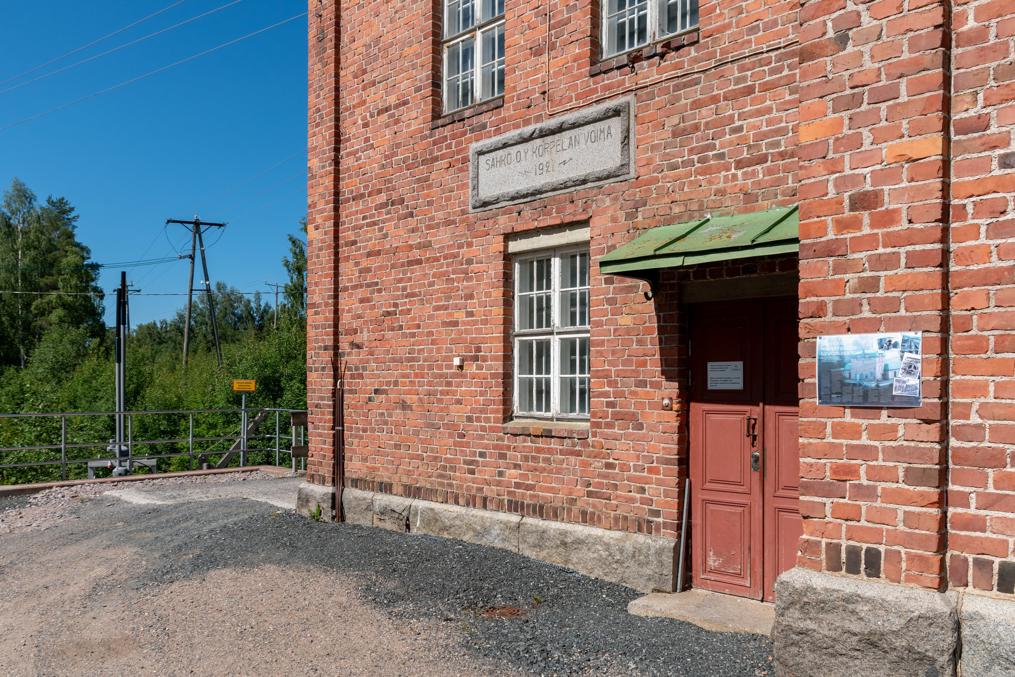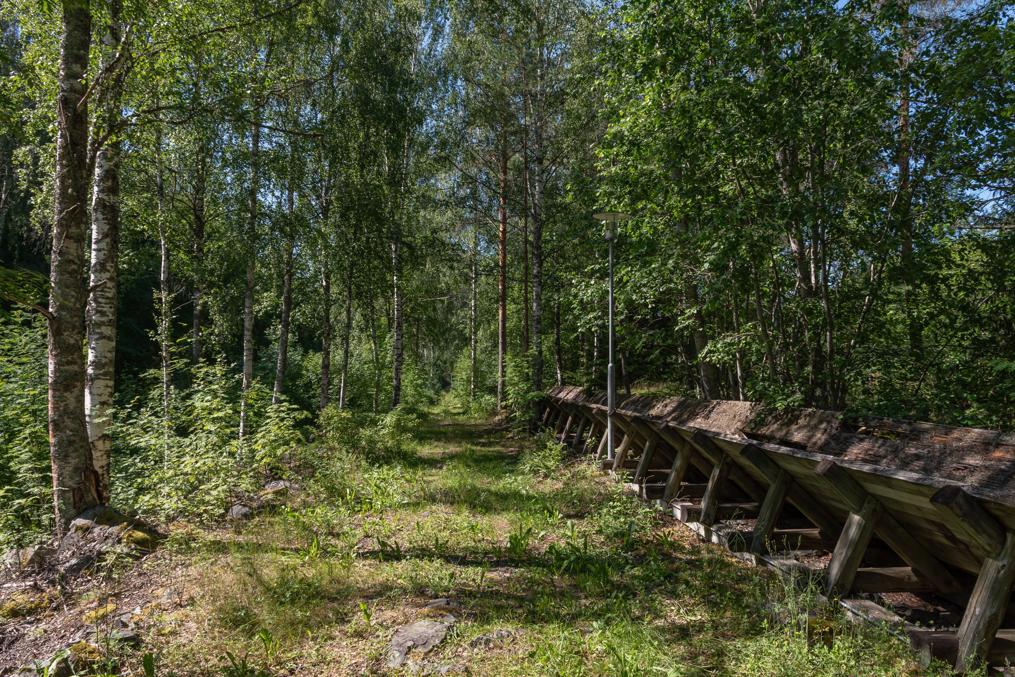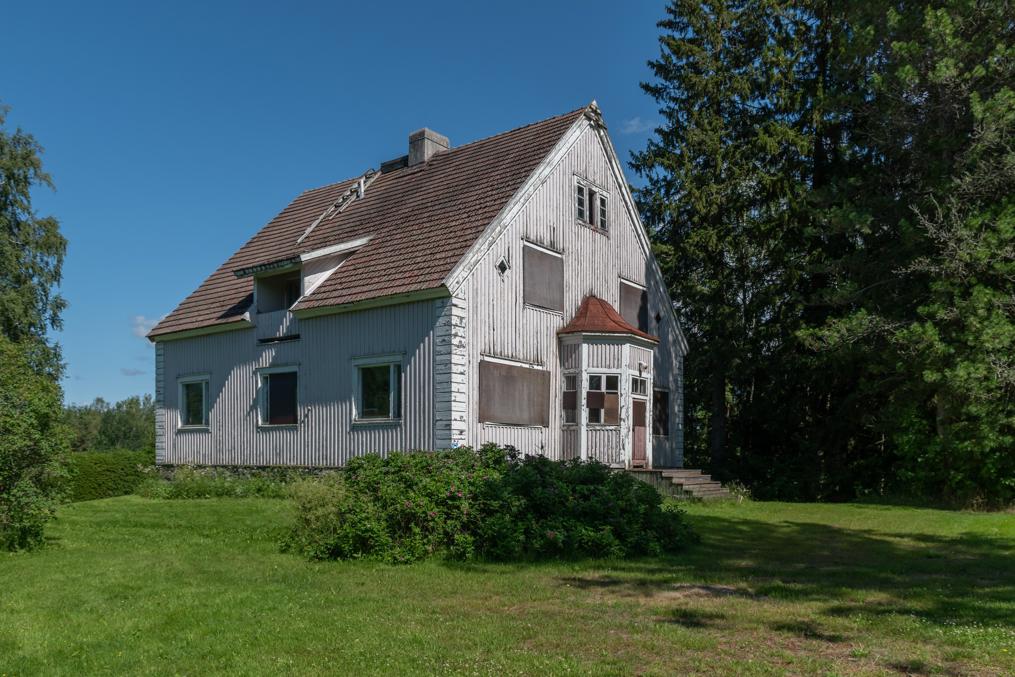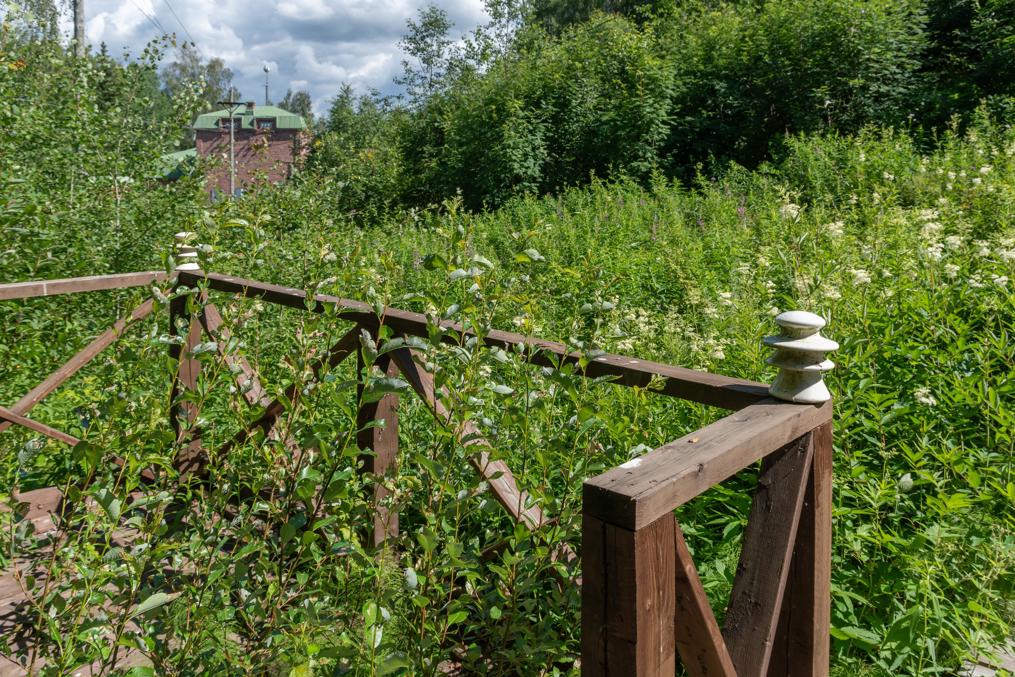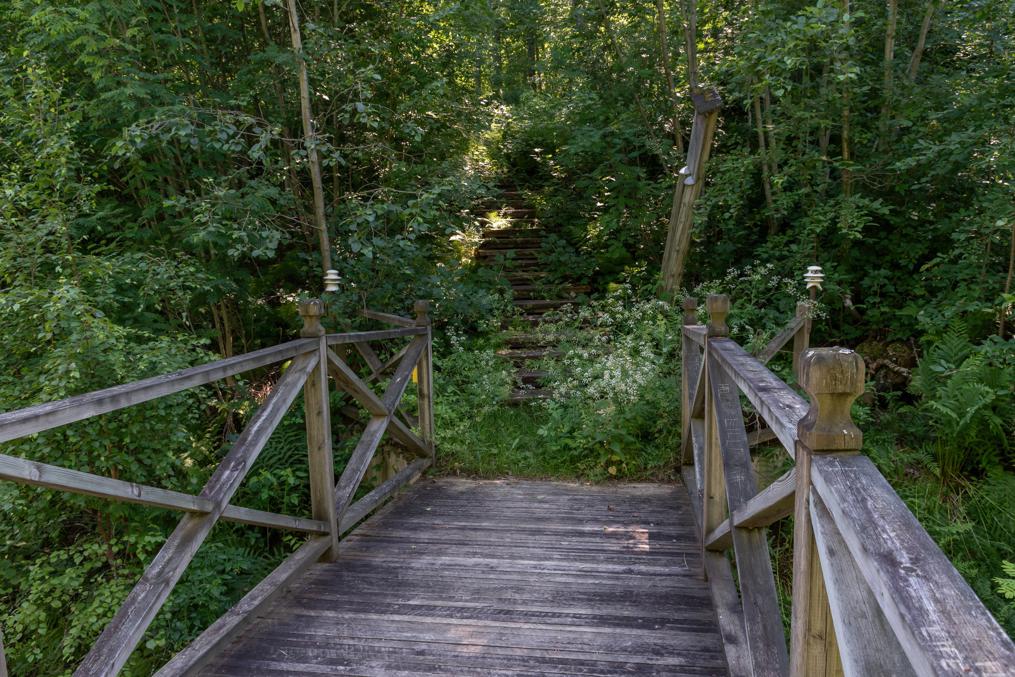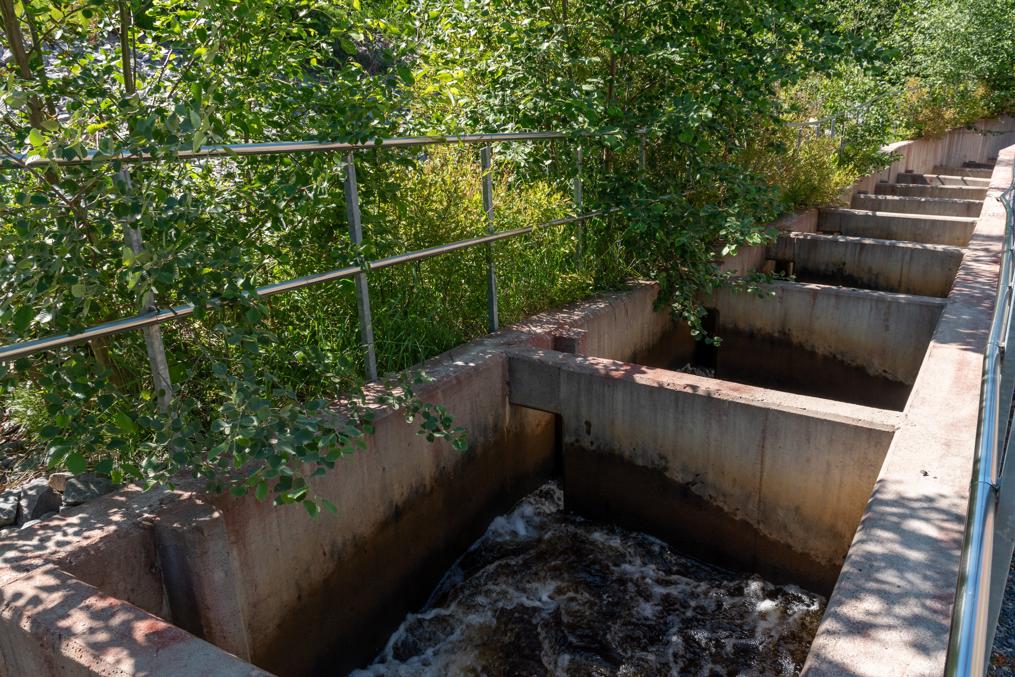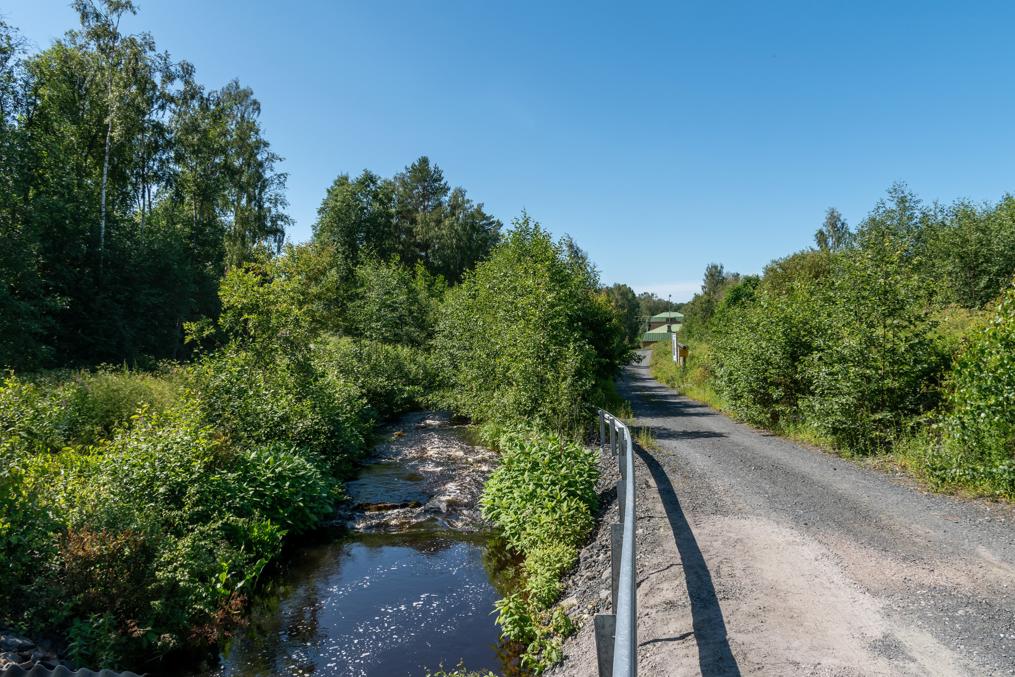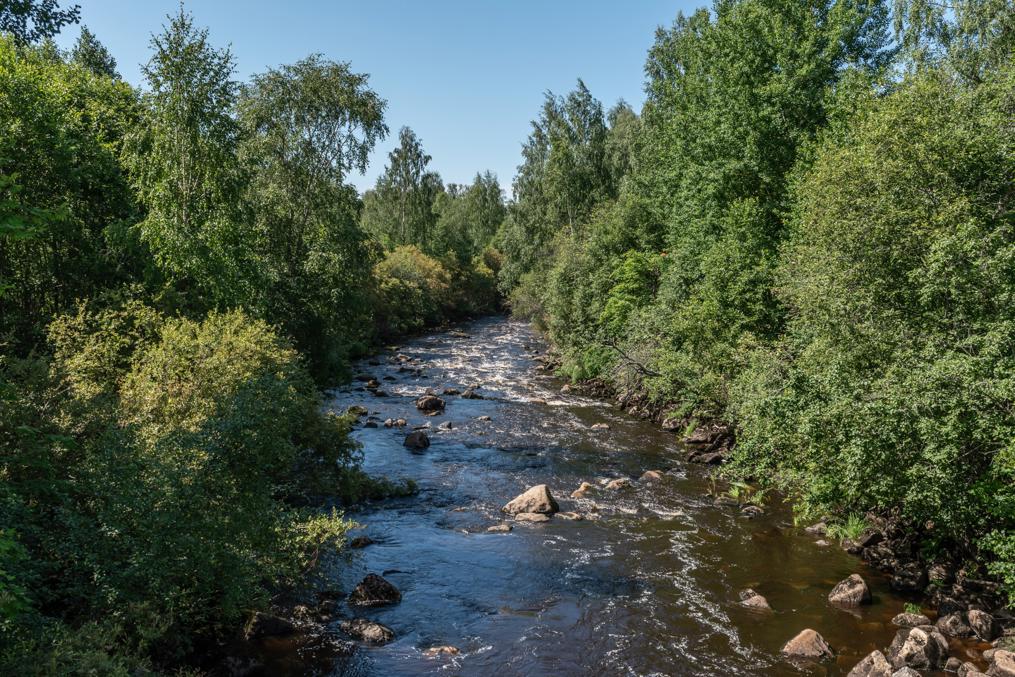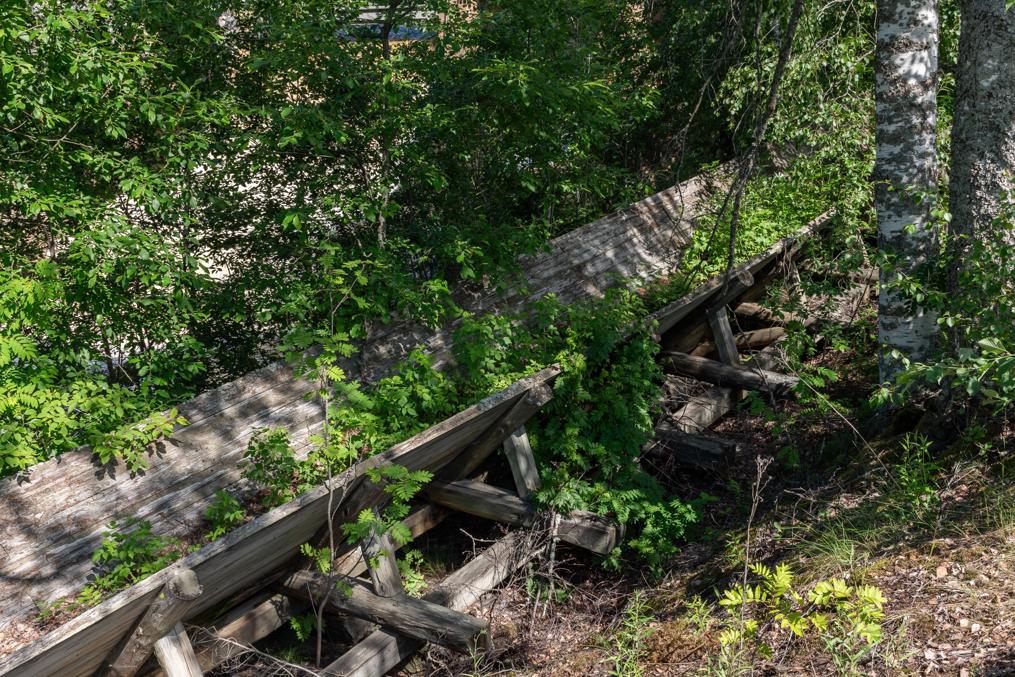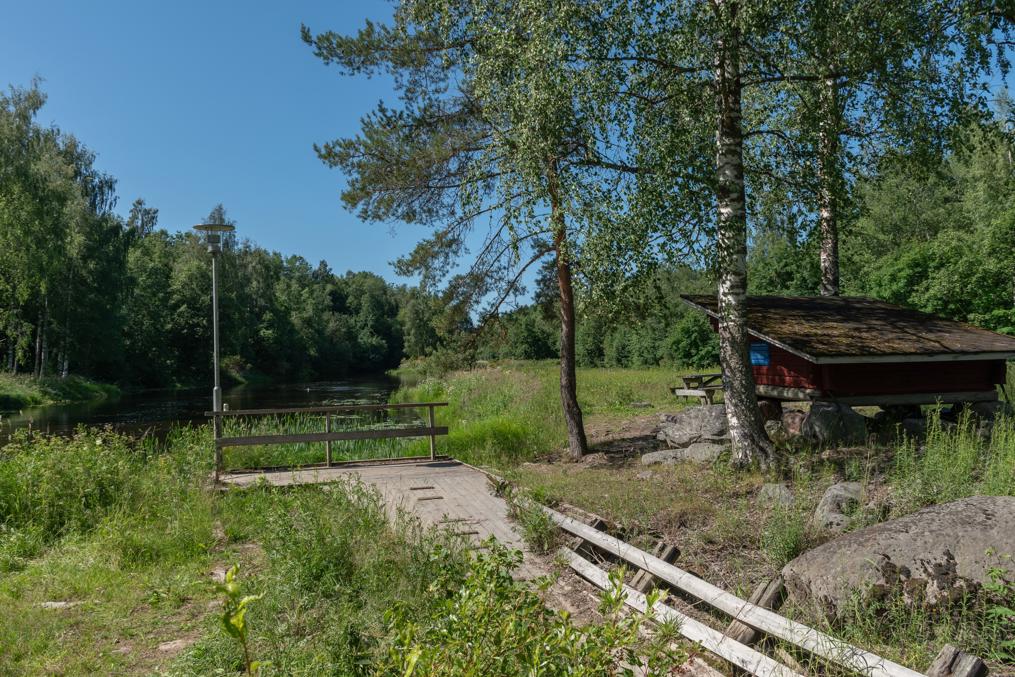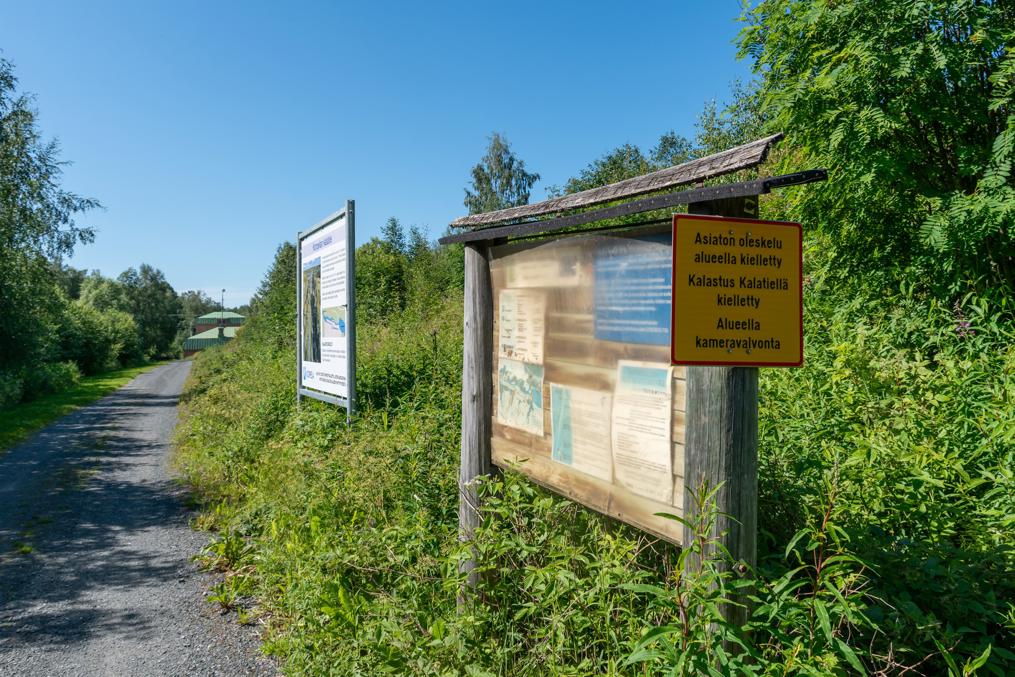The town of Kannus in Central Ostrobothnia (Keski-Pohjanmaa) in Western Finland is notable for the landscapes of Lestijoki river valley, and for being the birthplace of Senator Oskari Tokoi, a prominent Finnish politician in 1900-1910s and the first Social Democrat prime minister in the world.
Ostrobothnia is, unlike much of Finland, a land of rivers, not lakes. Ostrobothnian plains are crossed by many mid-sized rivers, flowing northwest into the Gulf of Bothnia. Their valleys are unusually fertile for such northern latitudes, and have been mostly turned into farmland. Lestijoki is not the the most prominent of these rivers, but, I would say, its valley is one of the prettiest. The river is 115 km long, flowing from a largeish lake named Lestijärvi, through municipalities of Lestijärvi, Toholampi, Kannus and Kalajoki (formerly Himanka).
But the strip of fields along the river here is already much thinner than in South Ostrobothnia, presumably due to harsher climate. Most of Central and North Ostrobothnia is rather plain-looking forest and bogs. Apart from forestry and peat production these lands are extensively used for wind turbines placement, and also have surprisingly rich mineral resources; in particular a major lithium mine is planned in Kaustinen (Keliber company).
And the towns in these valleys are deeply agricultural. There aren't really "proper" cities within the entire Vaasa-Oulu-Kajaani-Jyväskylä area (except along the coastline between Vaasa and Oulu). Kannus, a town of 5300 people, is a good example of a relatively large settlement by Central Ostrobothnian standards.
Kannus does actually officially qualify as a city. It has a railway station, on Seinäjoki-Oulu railroad, where some but not all Helsinki-Oulu/Rovaniemi trains stop. The waiting room was closed in 2021, but is now being renovated into some "coliving-coworking space", whatever is that supposed to mean. I really like the design of Seinäjoki-Oulu line stations; most of them have survived pretty well.
The church dates from 1817. There is a traditional museum and other mandatory features of a small countryside Finnish town. And an escape room! Coworking space and escape room in a tiny Central Ostrobothnian town, we're truly living in the future.
The dated-looking hotel is named "River Pearl" (Jokihelmi). The school is being renovated. The local newspaper, named Lestijoki, is still being published. Overall the economy of these lands is doing surprisingly rather well, although the population is decreasing here, same as almost everywhere outside of bigger cities. The biggest or at least the best known company from Kannus is Kannustalo, a ready-made kit house manufacturer.
And the most notable person from Kannus was Oskari Tokoi (1873-1963), a local peasant who rose as a union leader and a Social Democrat politician in 1900-1910s, culminating with him shortly heading the Senate (Finnish government at the time) in March-September 1917.
Back then mostly social democratic Senate led by Tokoi supported Finnish independence and socialist vision for the country. Tokoi and others probably had the best intentions and were not affiliated with Russia, but such development likely would have eventually led Finland to join the USSR
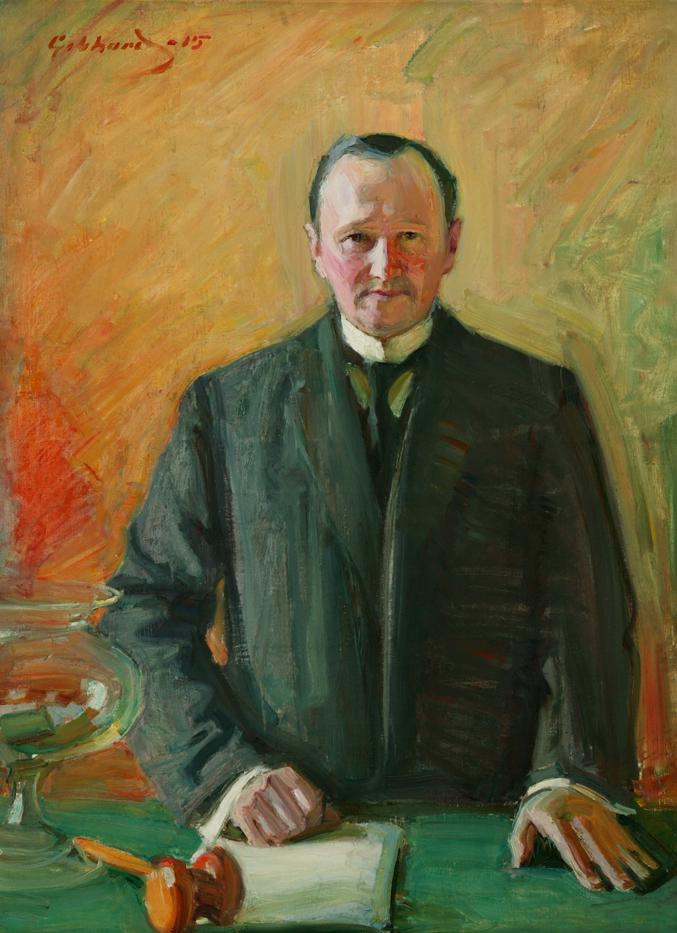
Tokoi's Senate was the first Social Democrat government in the world, and he was effectively the first Social Democrat prime minister in the world, although as a head of the Senate he didn't have that exact title.
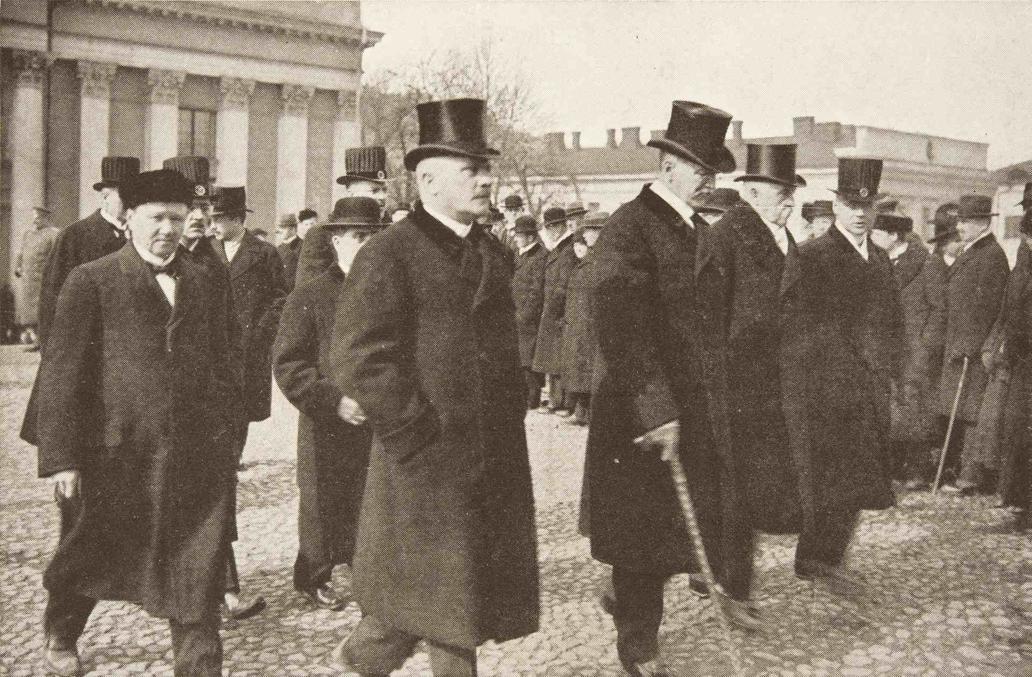
Russian Provisional Government, however, didn't approve of Finnish independence ideas, and disbanded the Senate (by force, sending Circassians and cossacks to Helsinki). The Senate that replaced it was strictly right-wing, conservative and initially reasonably loyal to Russia. Ironically the Russian October Revolution turned everything upside down: the conservative Senate was suddenly itself very eager now to declare independence from Bolshevist Russia, in December 1917. Almost immediately Finnish own tensions, however, broke out in the Civil War.

And Tokoi sided there with the losing Reds. He fled to Soviet Russia but due to disagreements with other exiled Reds, including Kuusinen, was forced to leave it too, to the US in 1921. That was in fact extremely lucky for him, as most Finnish communists in Russia were purged in the 1930s, including two of Tokoi's children. Tokoi lived in the US the rest of his life. Only after WWII, in 1944, surviving exiled Reds were amnestied; Tokoi was the most prominent of them, so the amnesty law was nicknamed "Lex Tokoi". Tokoi himself visited Finland several times but never returned for good.
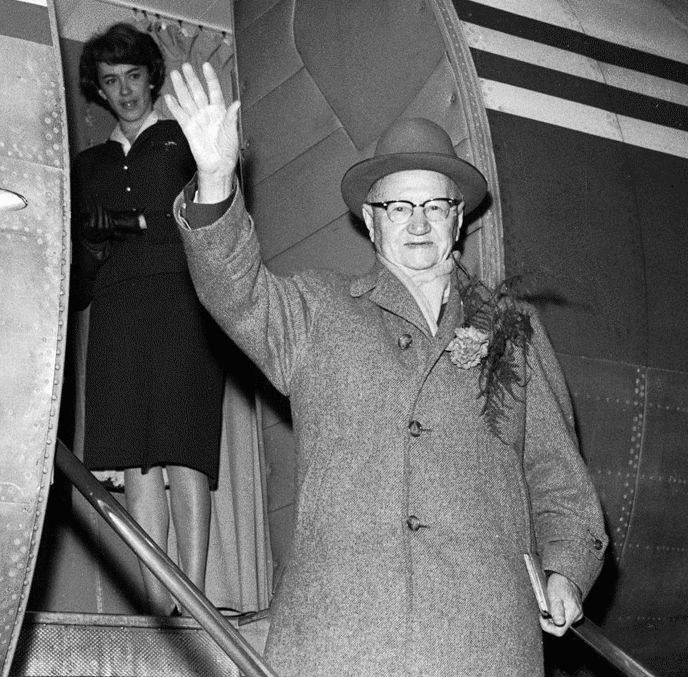
The memorial plaque to Oskari Tokoi reads: "In his soul lived the faith and the hope for the dawn of a new tomorrow." As other early Finnish Social Democrats he was an idealist and it's easy to empathize with him, and yet in the end Finland was lucky that his faction didn't win.
Well, the other interesting thing about Kannus is Lestijoki river. It is pretty enough in Kannus itself, with the old bridge over it preserved.
The best rapids are however found downstream of the town. The prettiest that I've seen is Niskankoski, also a fishing spot, apparently popular enough that it even has an accessible platform for fishermen.
The rapids look pretty but in reality, like most Finnish rivers, Lestijoki had its biggest rapids/waterfalls torn down ages ago, to make timber floating possible, practiced here until 1958. Nonetheless it remains one of the best preserved Ostrobothnian rivers.
There is only one hydro power plant on Lestijoki, in Korpela village upstream of Kannus, a fairly old one, built in 1919-1921. Back in the day it was in the top 10 of Finnish hydro power plants. Nowadays its power of 1 MW is extremely modest, but the plant is still working (fully automated).
The power plant had a chute for timber floating, partially restored. It was a relatively common feature of many dams (probably the best known such chute is in Imatra) and even some otherwise natural waterfalls such as Auttiköngäs in Lapland.
The manager house is empty and dilapidated, and paths leading to it are almost overgrown, but I like how electrical insulators are used here as decorations.
The newest addition to the dam is a fish ladder, built in 2014 by court decision. It allows sea trout to pass upstream to the river. Unfortunately so far it seems silly sea trout is barely using the fish ladder. The officials are still pondering how to help it.
All in all a rather nice sight, although looks barely ever visited by tourists. Maybe the sign "no loitering" (asiaton oleskelu kielletty) dissuades people? It is otherwise clearly meant as a tourist sight, with information boards and a campfire spot.
